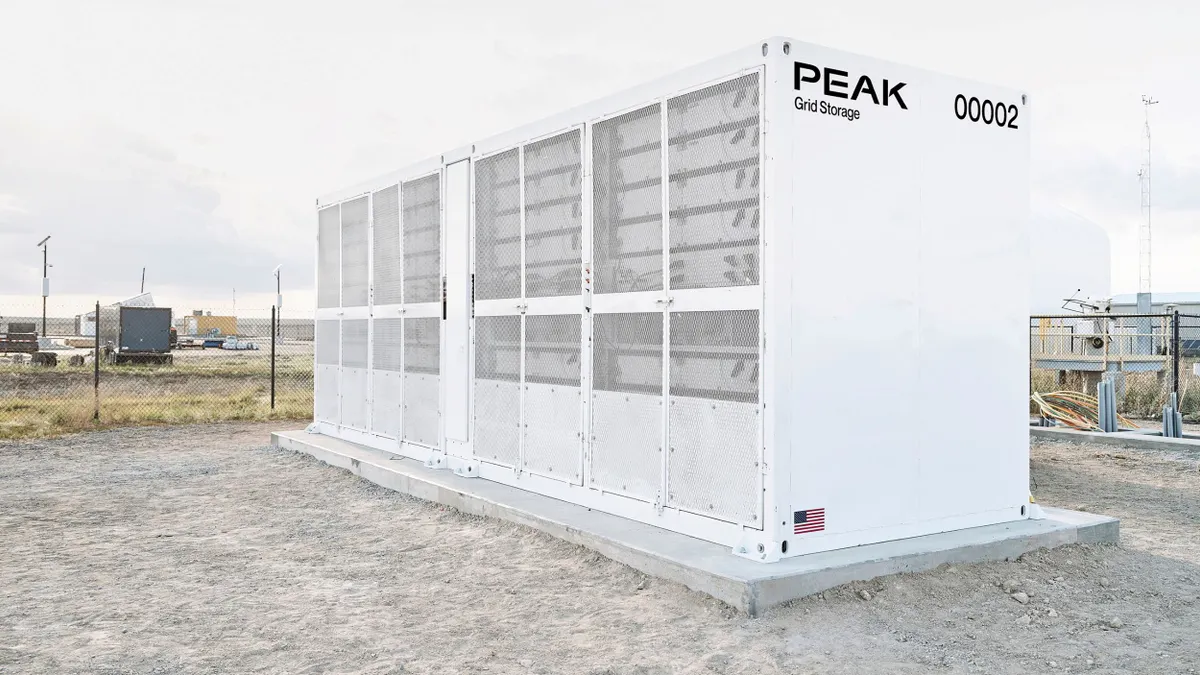Dive Brief:
-
The PJM Interconnection plans to file an updated shortage pricing policy with the Federal Energy Regulatory Commission.
-
The filing would bring PJM into compliance with FERC Order 825, which directs ISOs to trigger shortage pricing for any interval for which a shortage of energy or operating reserves is indicated.
- The change differs from PJM’s current practice which requires shortages to be forecast for a sustained period before the change can be triggered in real time pricing.
Dive Insight:
FERC directed implementation of Order 825 by May 11, 2017. PJM filed a request with FERC to implement the change at the same time it implements a shift to five minute settlements on Feb. 1, 2018. FERC has yet to respond to that request, and lacking a quorum, the agency might not be able to respond before May 11.
PJM says it plans to make a 205 filing with FERC, which refers to the section of the Federal Power Act that governs wholesale power tariffs, that would include a permanent second step in its demand curve.
The grid operator says adding that step would “create better price signals when prior to when synchronized reserves are less than the largest contingency,”
Under current practice when PJM triggers shortage pricing, the penalty is $850/MWh, which is the economic maximum of the single largest contingency. That penalty determines the market clearing price. In a second step, a $300/MW penalty is applied to any additional megawatts of primary reserves.
Those practices would remain the same under the proposed change to the demand curve, but a new second step would be added that would apply a $300/MWh penalty for reserves required beyond 190 MW needed in addition to the actual output.
PJM says that adding a smaller step to the demand curve would better reflect the lower reliability concern of small reserve deficiencies and create better price signals.













